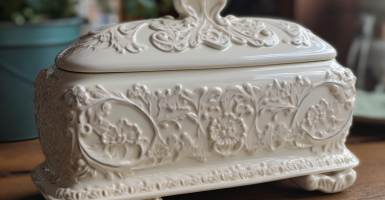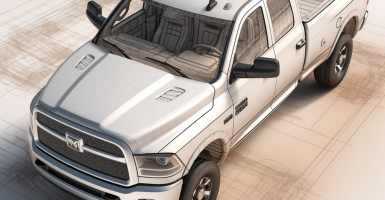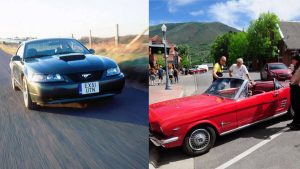Rare Historical Photos That Show The Devastation And Reconstruction Of The American Civil War
After the American Civil War ended in April of 1865, the battered, divided nation was whole once more. But the challenge of unifying two sides, handling the economic and social fallout of emancipation, and rebuilding devastated cities was a tall order.
The Reconstruction Era was a difficult time for a young nation still finding its footing. Its legacy is mixed, as it led to new constitutional rights while also ushering in a new era of racial tensions in the South. Here are some captivating photos of a challenging time in American history.
Veterans reflected on the conflict.
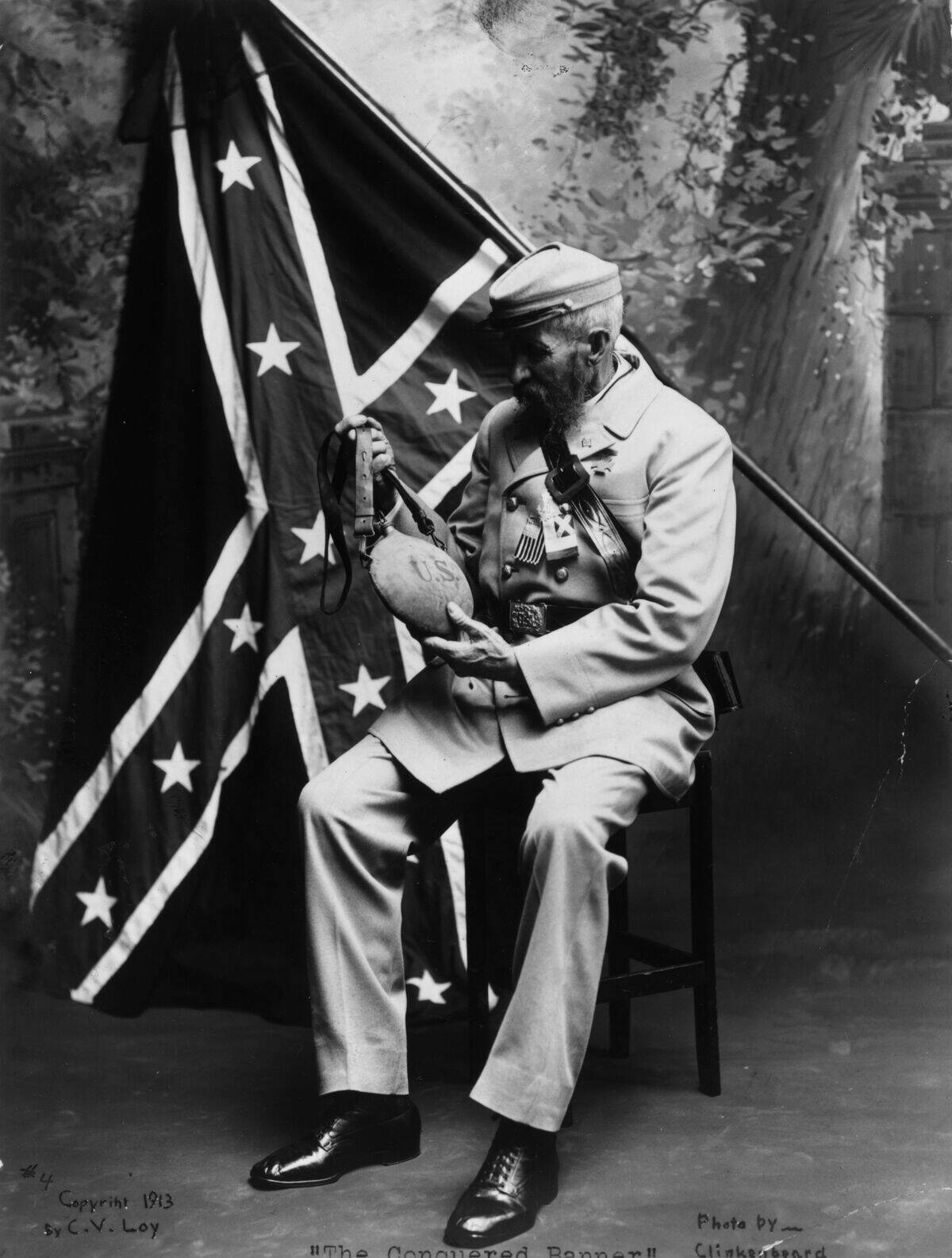
This 1875 photo shows a Confederate veteran of the war in a posed photo, as he examines a Union water bottle and sits in front of a Confederate flag.
For the first half of the 20th century, Civil War veterans were widespread. The final veteran of the Civil War to die was Albert Henry Woolson of the Union Army, who died in 1956 — close to a century after the war ended.
Bases were made American again.
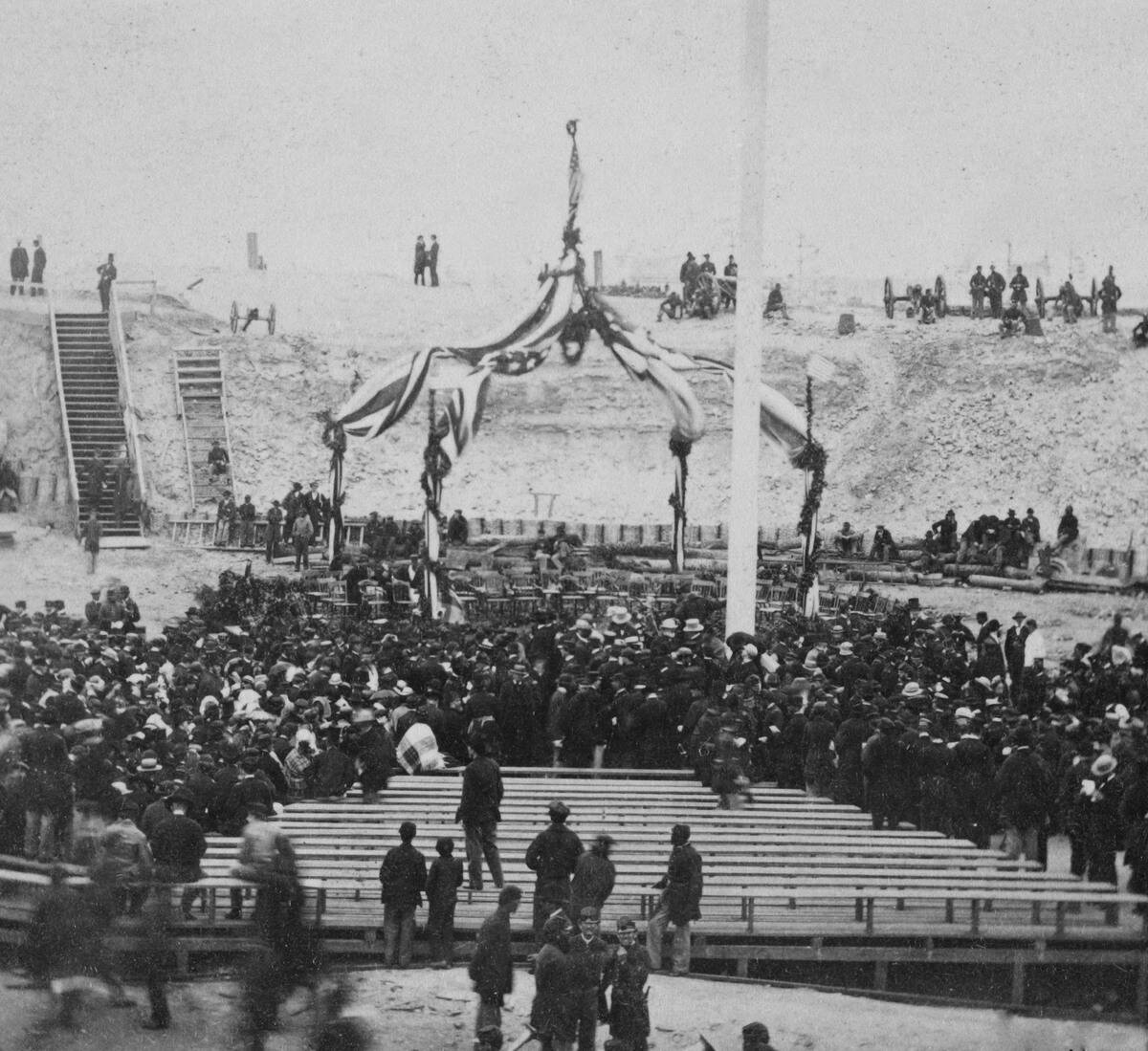
Fort Sumter, off of Charleston, South Carolina, was originally built to defend the United States during the War of 1812. However, it was more famous for hosting the battle that kicked off the Civil War in 1861.
Another battle took place at Fort Sumter in 1863. This photo shows a ceremony in April of 1865, as Union officials rise the American flag once more after several years of Fort Sumter as a Confederate fort.
Generals revisited the battlefield.
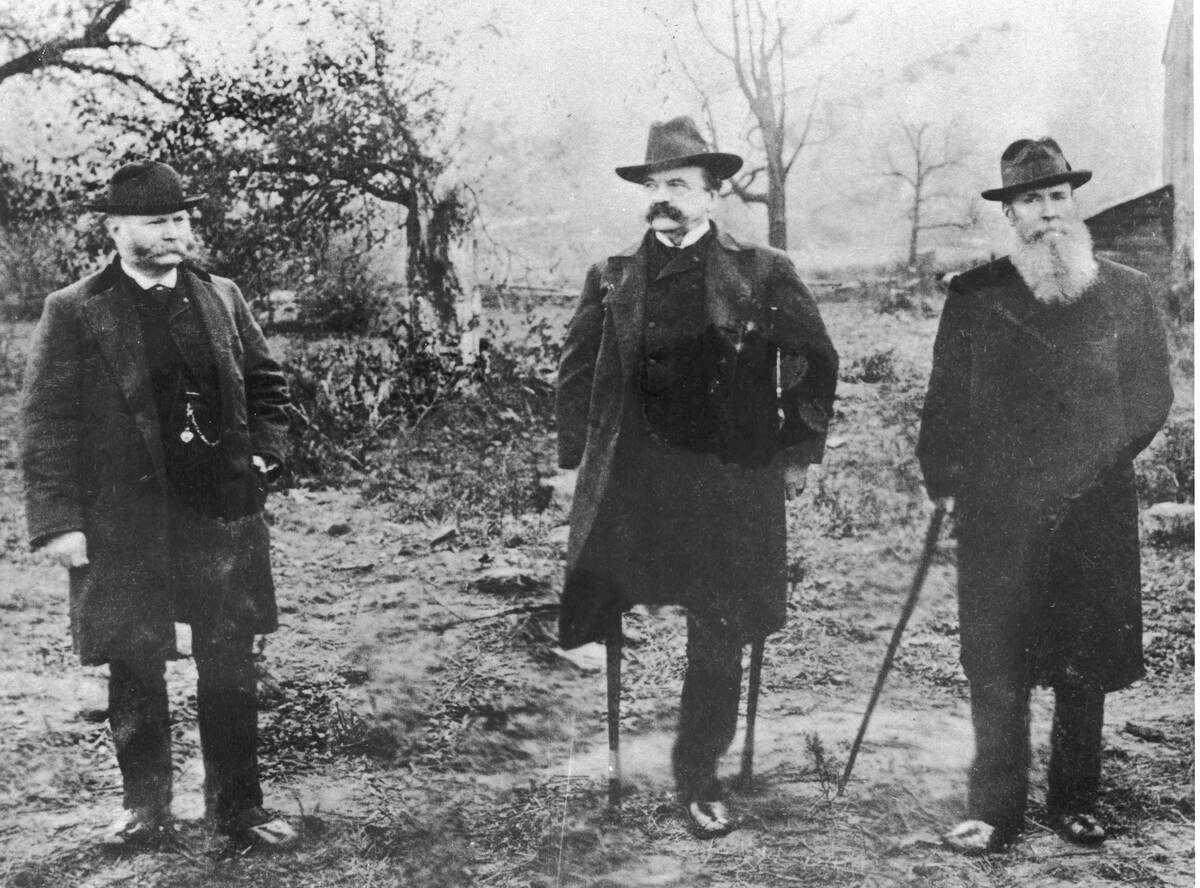
Gettysburg is an important site in U.S. military history, as it was where two important battles, in two separate wars, took place.
In 1888, more than two decades removed from the Civil War, a group of Union generals — from left to right, Charles K. Graham, Daniel Sickles, and Joseph Carr — visited Gettysburg. It was at Gettysburg that Sickles was hit by a cannonball that necessitated the amputation of his right leg.
Politics were hotly debated.
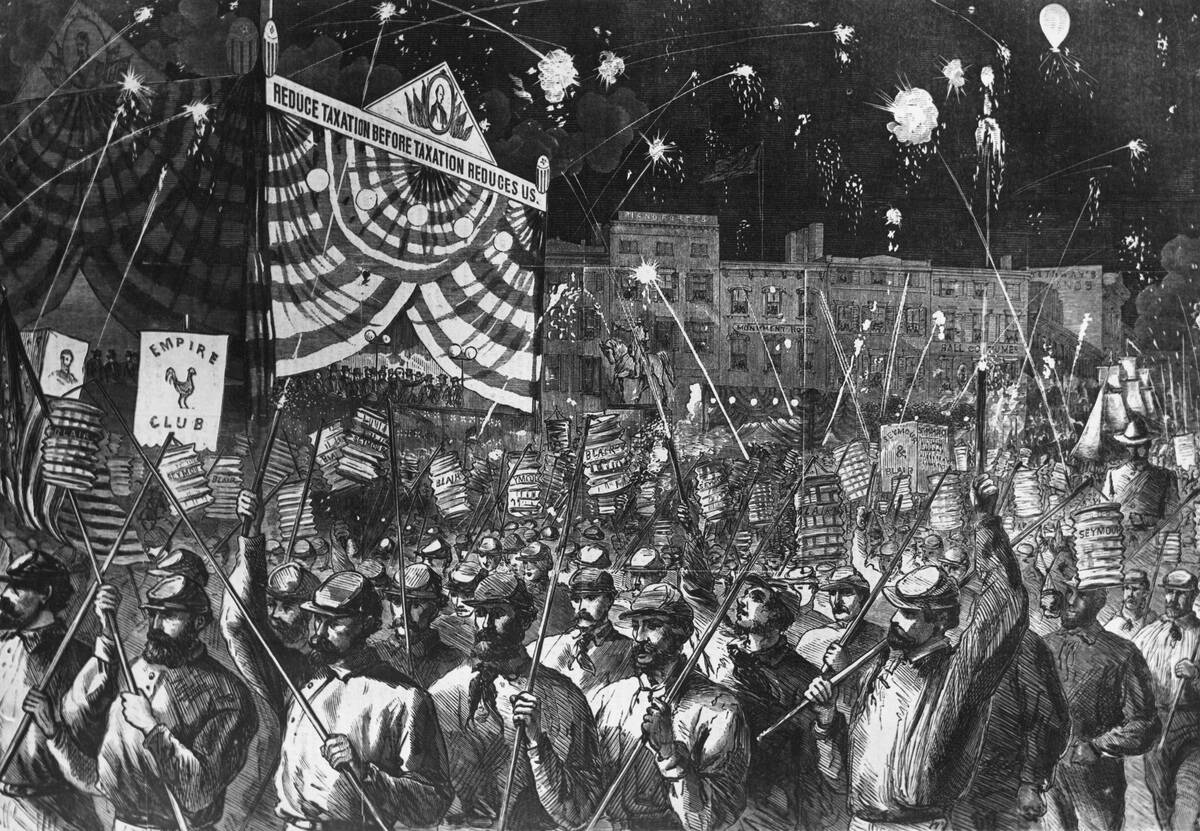
This engraving showing supporters of the Democratic Party ahead of the 1868 presidential election shows just how politically motivated U.S. citizens were after the Civil War.
The election pitted Democrat Horatio Seymour versus Republican Ulysses S. Grant, himself a celebrated Civil War general. Grant’s campaign slogan of “Let us have peace” resonated with Americans, and he went on to win the presidency.
There was peace after a long conflict.
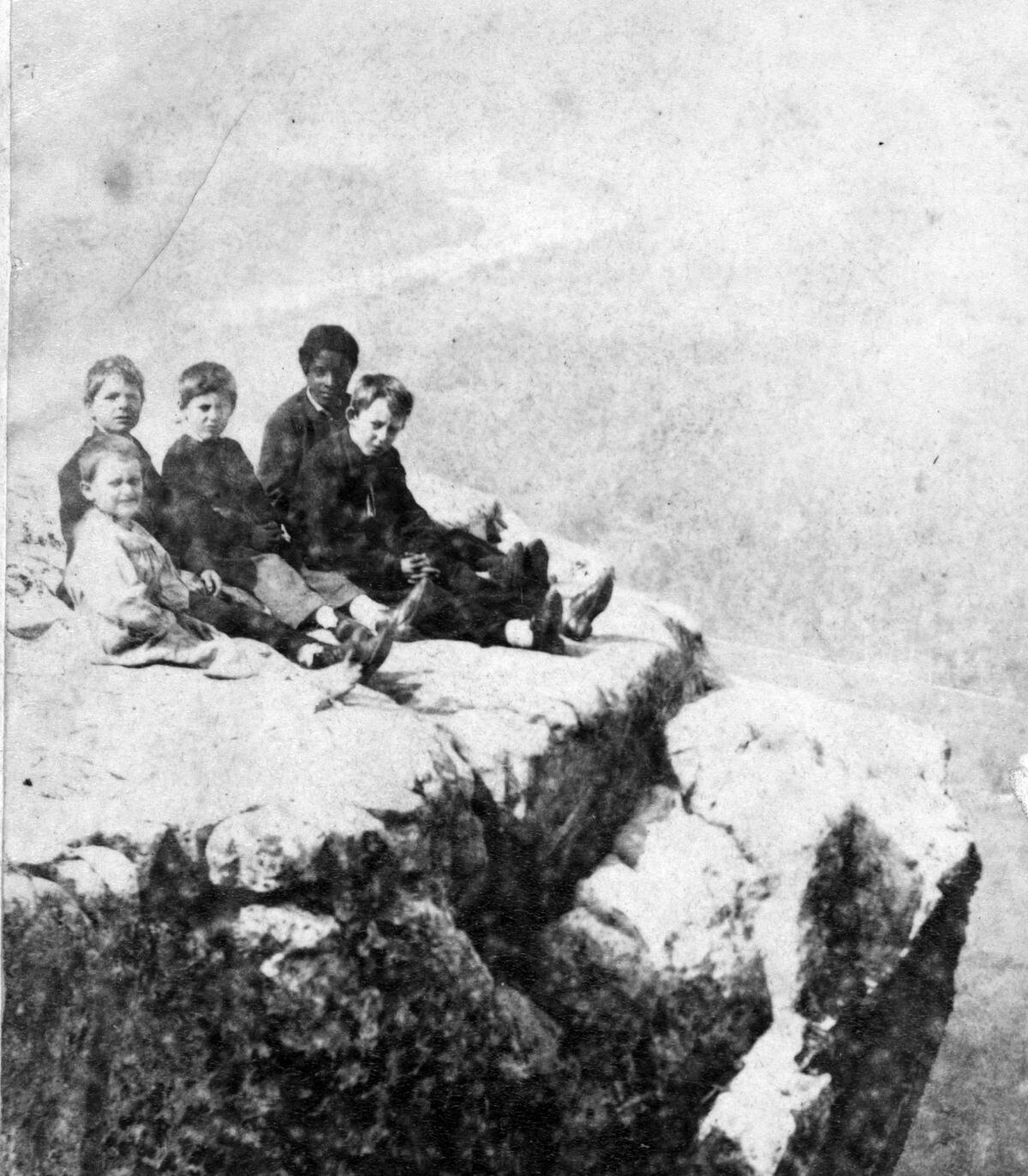
This idyllic photo shows a group of children sitting on Lookout Mountain, Georgia, the year after the Civil War ended. Although there’s a good chance that one child was born to enslaved parents and the others were born to Confederate soldiers, there’s no sign of discord here.
Of course, the years and decades that followed would be a tumultuous time for race relations throughout the South.
Returning Union veterans were celebrated.

While veterans on both sides of the conflict took varying degrees of pride for their role, the winning side usually attracts more reverence — and that’s on full display at this parade welcoming Union veterans back to their Minnesota hometown after the war.
In the South, where numerous towns were devastated, there was no time for such festivities. In time, the “Lost Cause” narrative would take hold in the South.
Ruins of the war were everywhere.

This photo of a picnic on an October afternoon in 1880 would be wholly unremarkable if not for the hulk of a ruined Confederate torpedo boat in the background.
The boat is the CSS David, a semi-submersible torpedo boat that led an innovative and somewhat successful attack against a Union ship during the war. After the war ended, it was left to rot in Charleston Harbor.
Charleston was devastated.
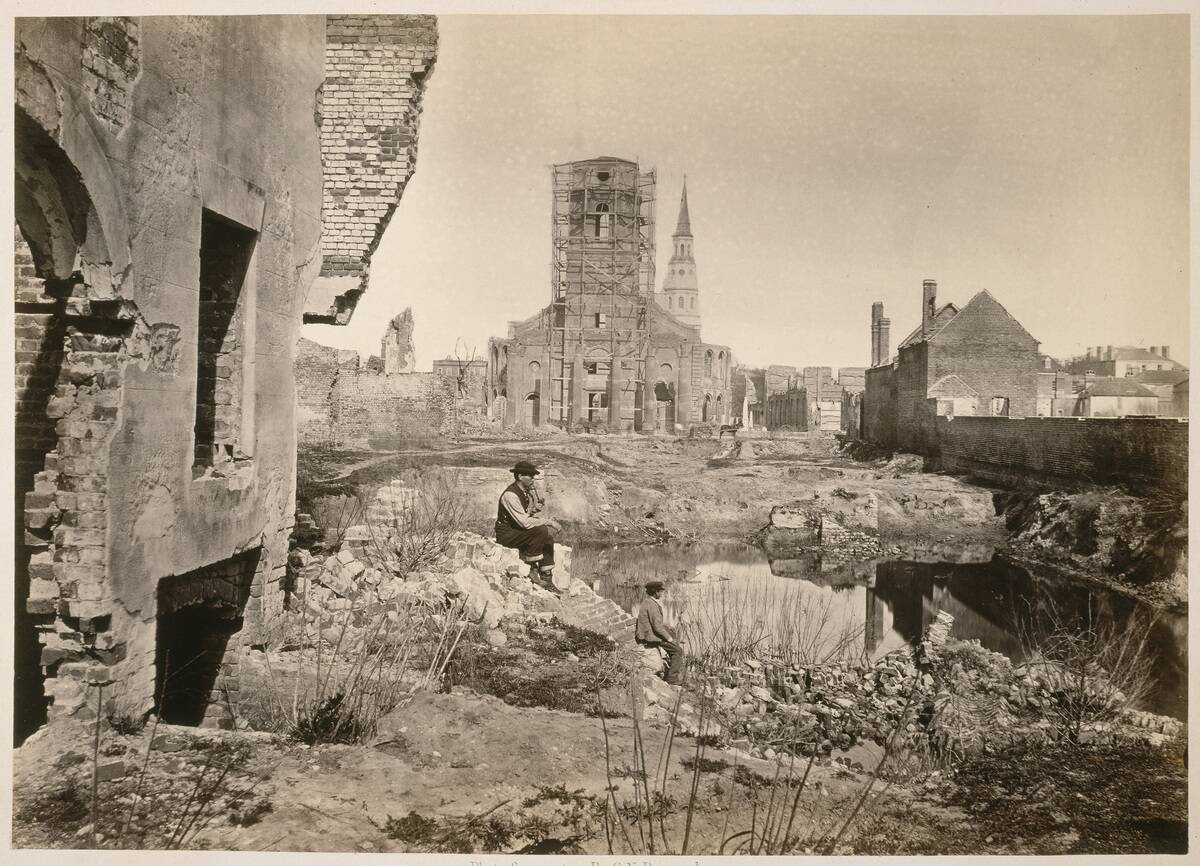
Charleston, South Carolina — the city where the war began at Fort Sumter — lay in almost complete ruin after years of Union bombardment.
Besides the physical rubble, Charleston faced deeper economic problems as trade was halted and emancipation upended its plantation economy. In time, Charleston would rebuild itself.
Veterans stayed close.
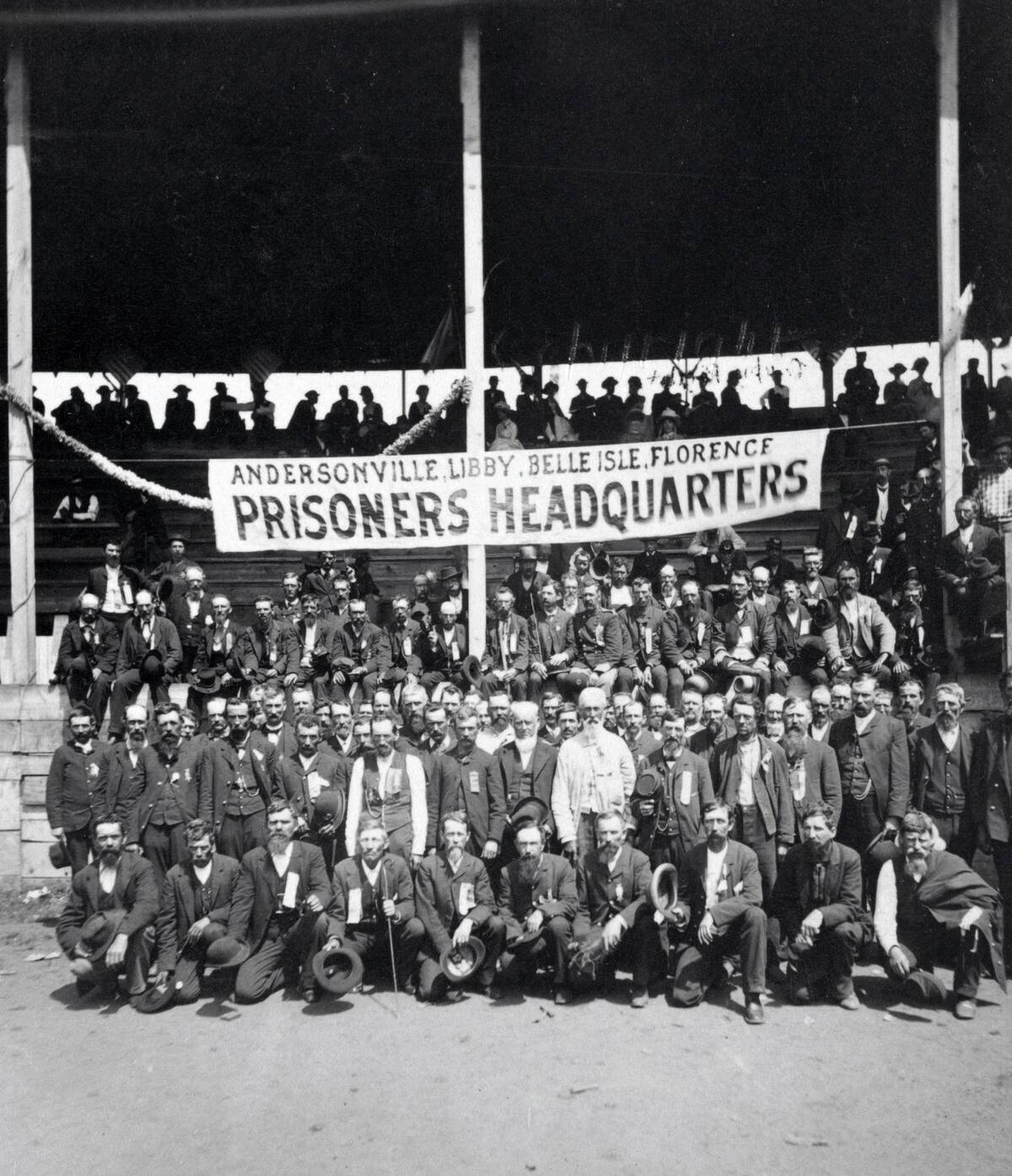
Warfare tends to make lifelong friends of the soldiers who survive the fighting, and this was especially true for those who fought in the Civil War.
This reunion gathered Union soldiers who had been imprisoned in various Confederate prisons. While there would be some Union/Confederate camaraderie in the years to come, the two sides mostly stuck to themselves in the first few years after the war.
The war was wide-ranging.

The Civil War is typically associated with its battlegrounds throughout the U.S. South, but the conflict drew soldiers from all over the country. This image shows the area once occupied by Camp Randall, Wisconsin, a decade after the war ended.
Camp Randall was first used as a Union training site, but after the Battle of Island Number Ten in 1862, it was used to hold Confederate prisoners of war.
Construction on the Washington Monument resumed.

The Washington Monument became an unintended symbol of American division during the Civil War. While it was originally intended as an impressive monument, the Civil War delayed its construction, and it sat as a stump for years.
In the 1870s — more than two decades after construction began — construction finally resumed, and the monument was eventually completed in 1884.
Battlefields were frozen in time.
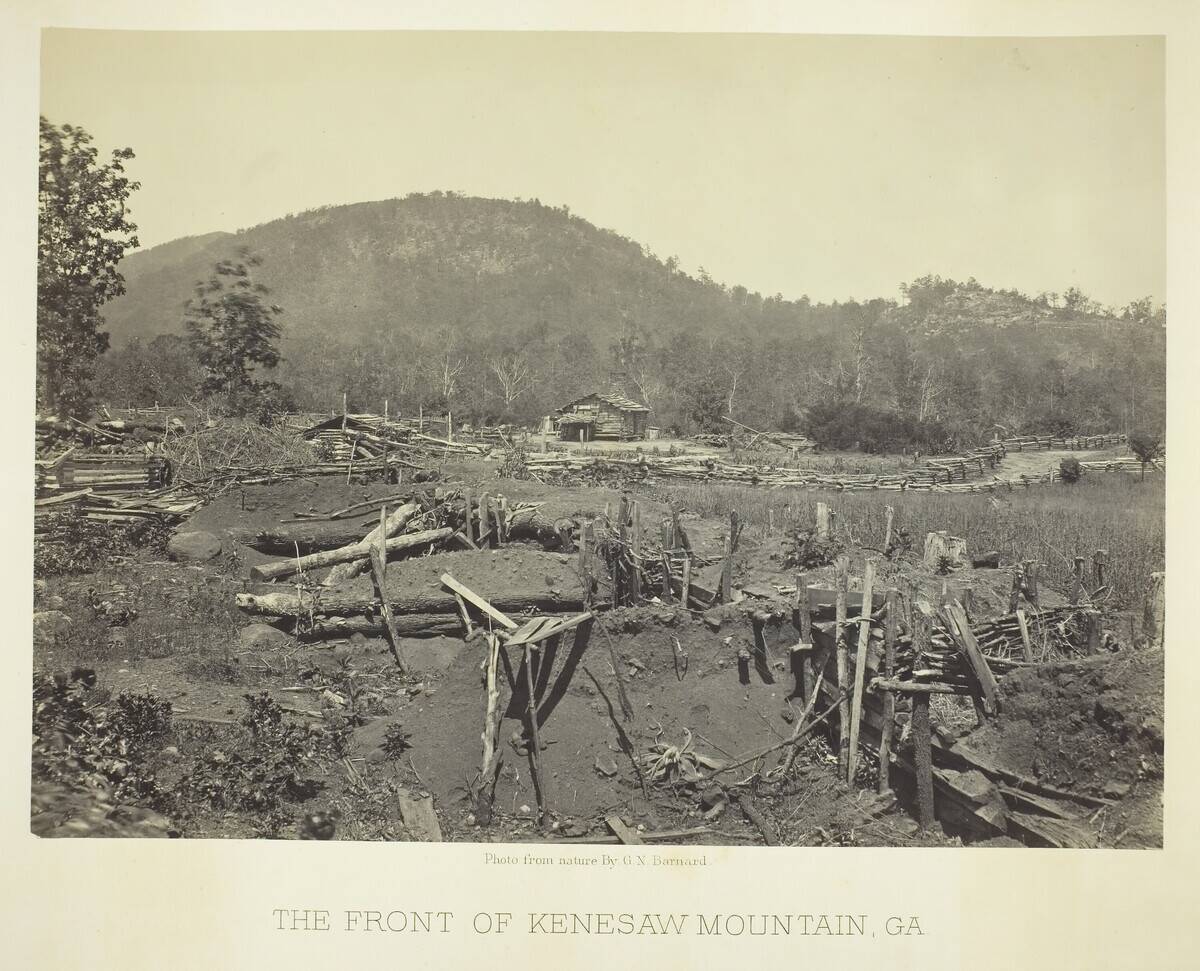
Kennesaw Mountain in Georgia was the site of a major battle during the Atlanta Campaign in June of 1864 — a battle won by the Confederates, but one that failed to halt Sherman’s march to Atlanta.
This photo was taken two years after the pivotal battle, and many of the armaments are still on display. In the years to come, the mountain became a site of memory and preservation. Today, it’s known as the Kennesaw Mountain National Battlefield Park.
Savannah was largely spared.
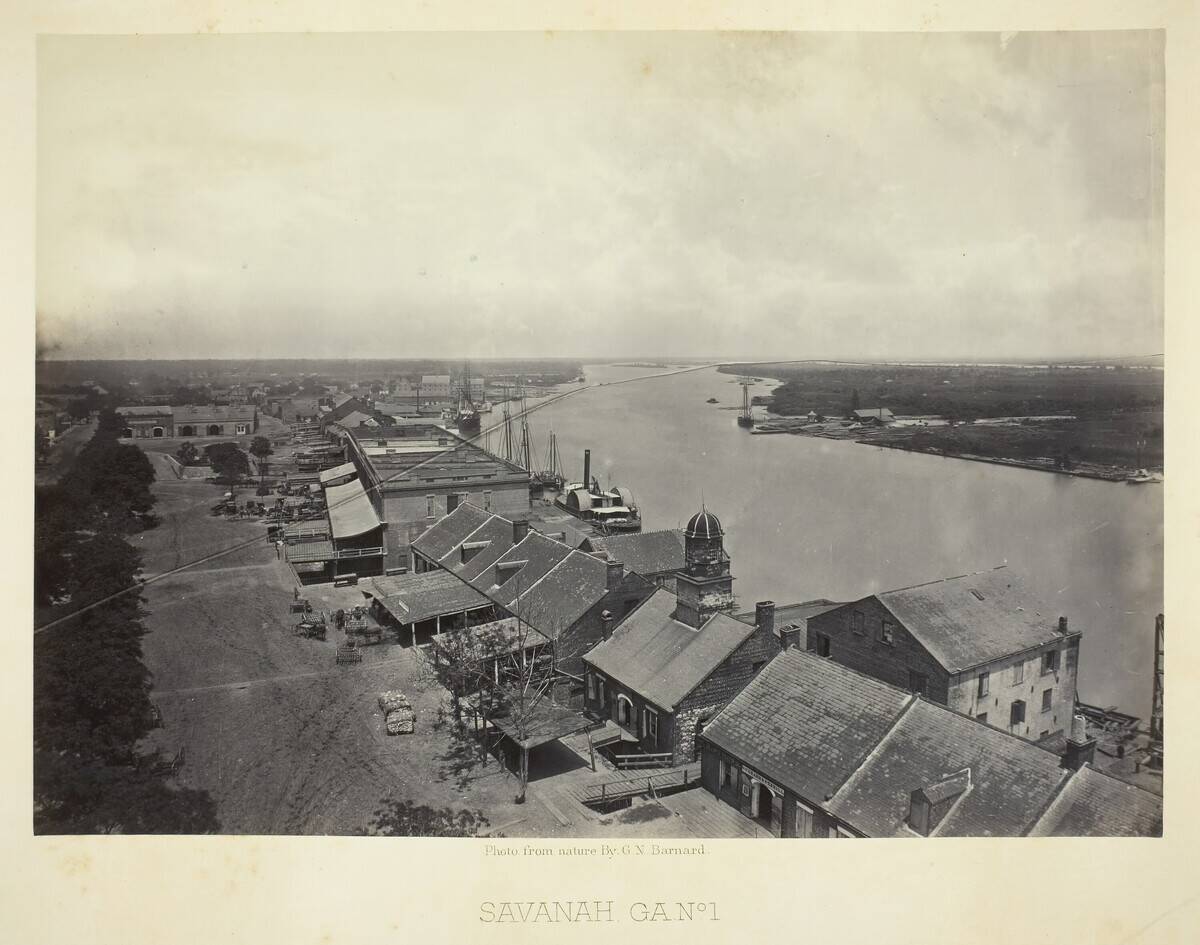
Shermans’ infamous “March to the Sea” resulted in the devastation of many sites, most notably Atlanta, but Savannah was mostly spared from widespread destruction even though Sherman did conquer the city.
The reason for Sherman’s light touch in Savannah was its military and economic importance. While it didn’t need to rebuild many buildings, Savannah was still heavily affected by economic pressures.
Atlanta was in ruin.
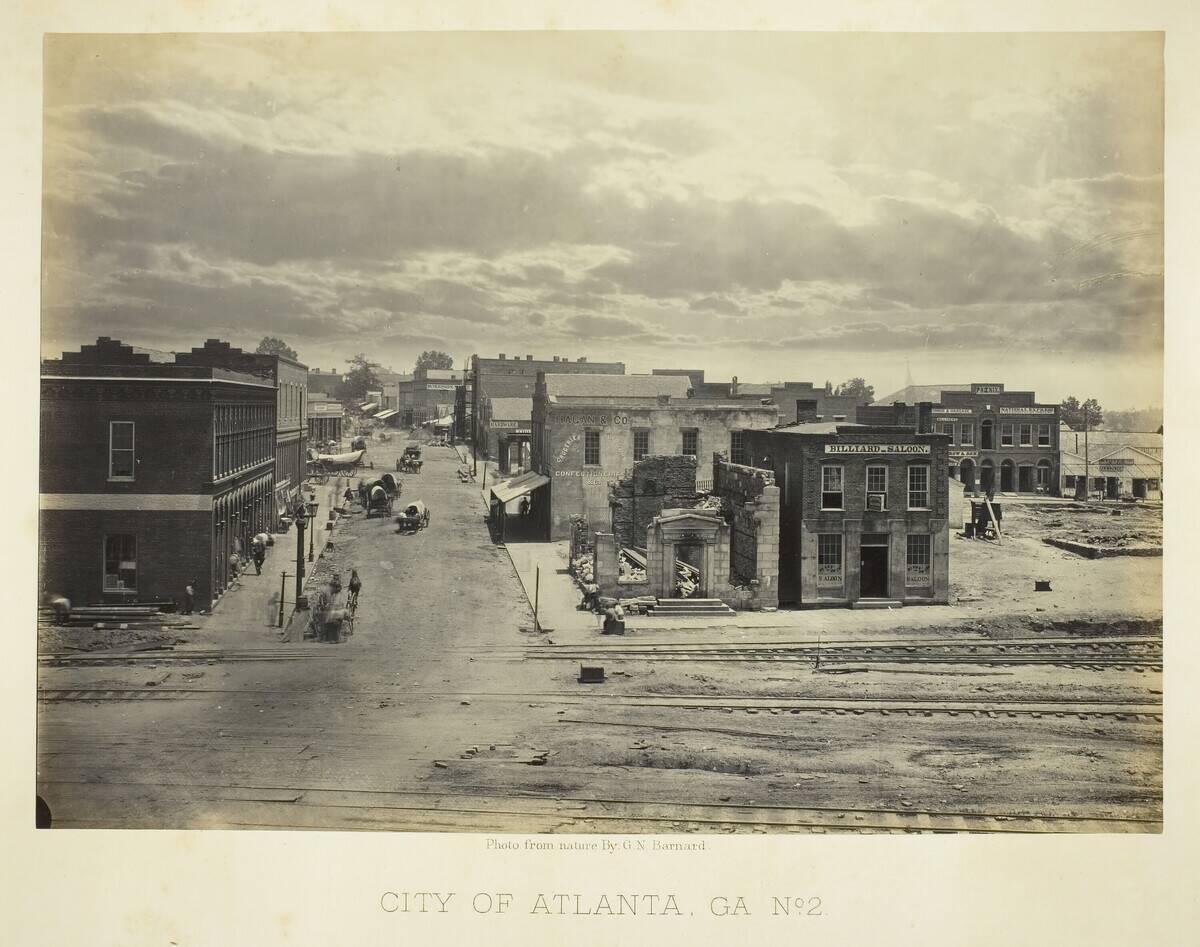
Atlanta was known as the “Gate City of the South,” and its strategic importance made it a prime target for Sherman’s forces. They captured the city in 1864 after months of fighting and quickly went to work torching many of its buildings.
After the war, Atlanta rebuilt rapidly and reclaimed its status as the pivotal city of the South.
Prisons left a legacy.
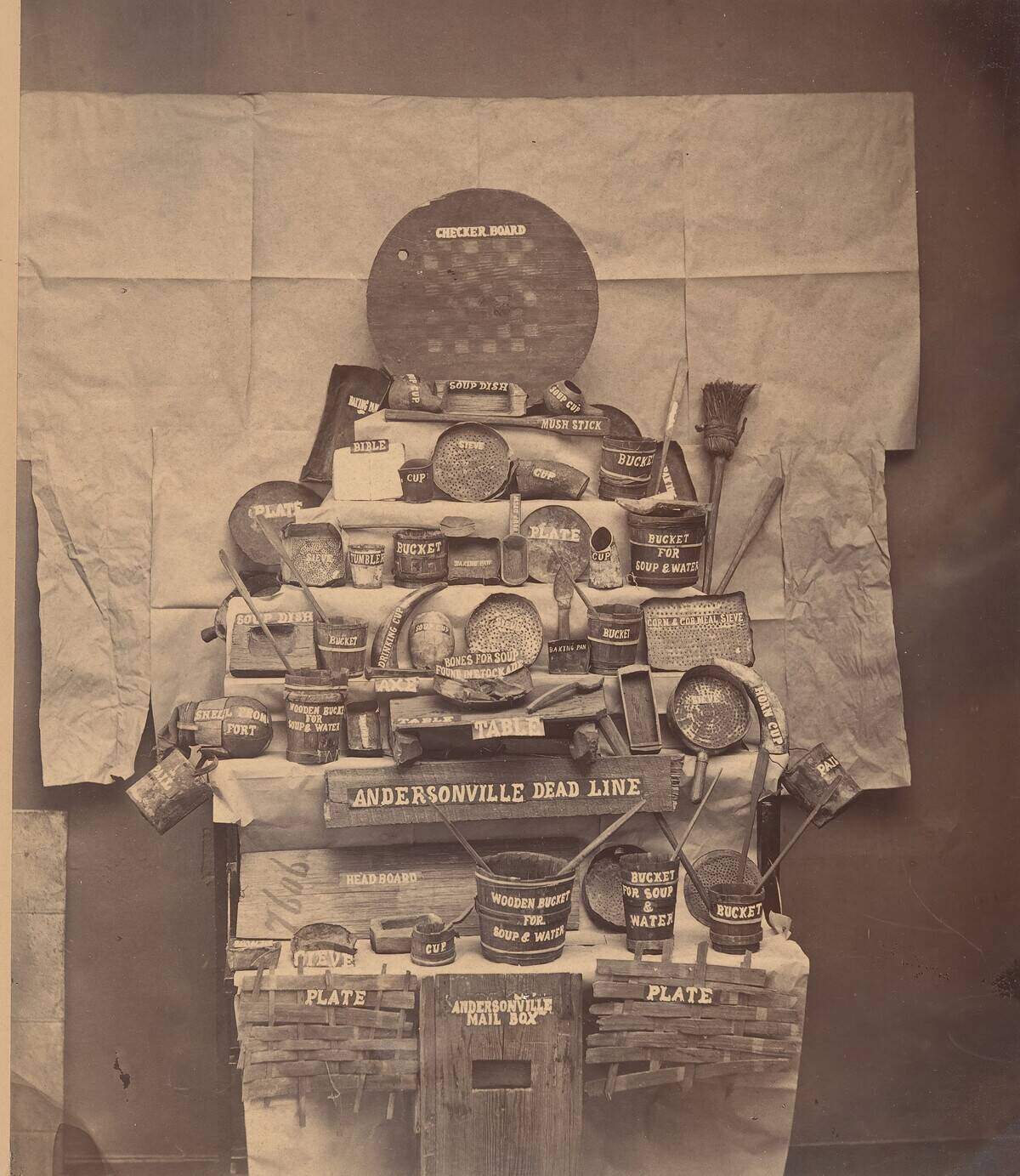
These artifacts from Andersonville Prison show a glimpse of day-to-day life in the notorious Confederate prison.
From 1864 until the end of the war, the prison held thousands of Union soldiers, who face appalling conditions. Around 13,000 of the 45,000 prisoners at Andersonville died while in custody.
Supply cities were disrupted.
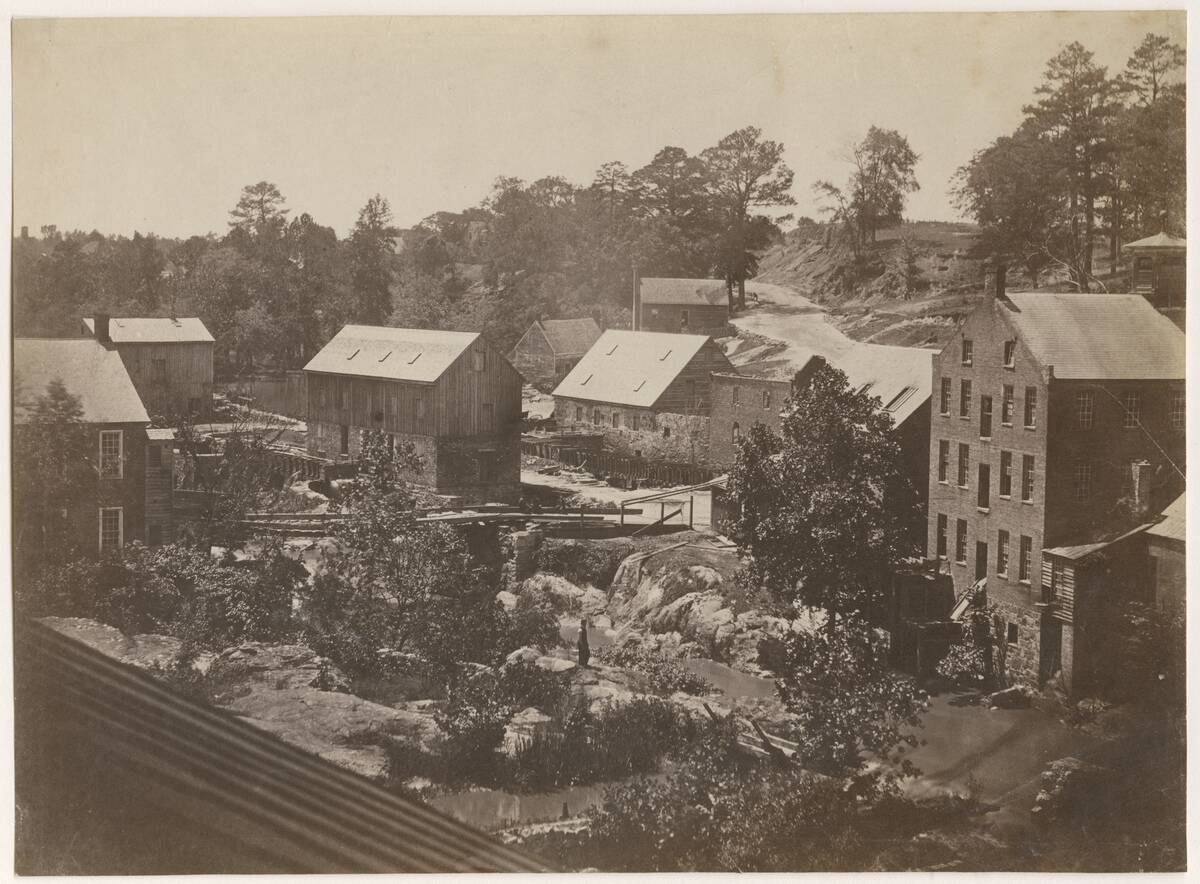
This image shows buildings on the Appomattox River, near Petersburg Virginia, at the end of the Civil War. Petersburg was a major supply center for the Confederate capital of Richmond, and its capture was critical to the Union’s eventual victory.
In fact, the fall of Petersburg (which came after a nearly ten-month campaign) led to the surrender of General Robert E. Lee, which took place at Appomattox Court House.
It was a watershed time for photography.
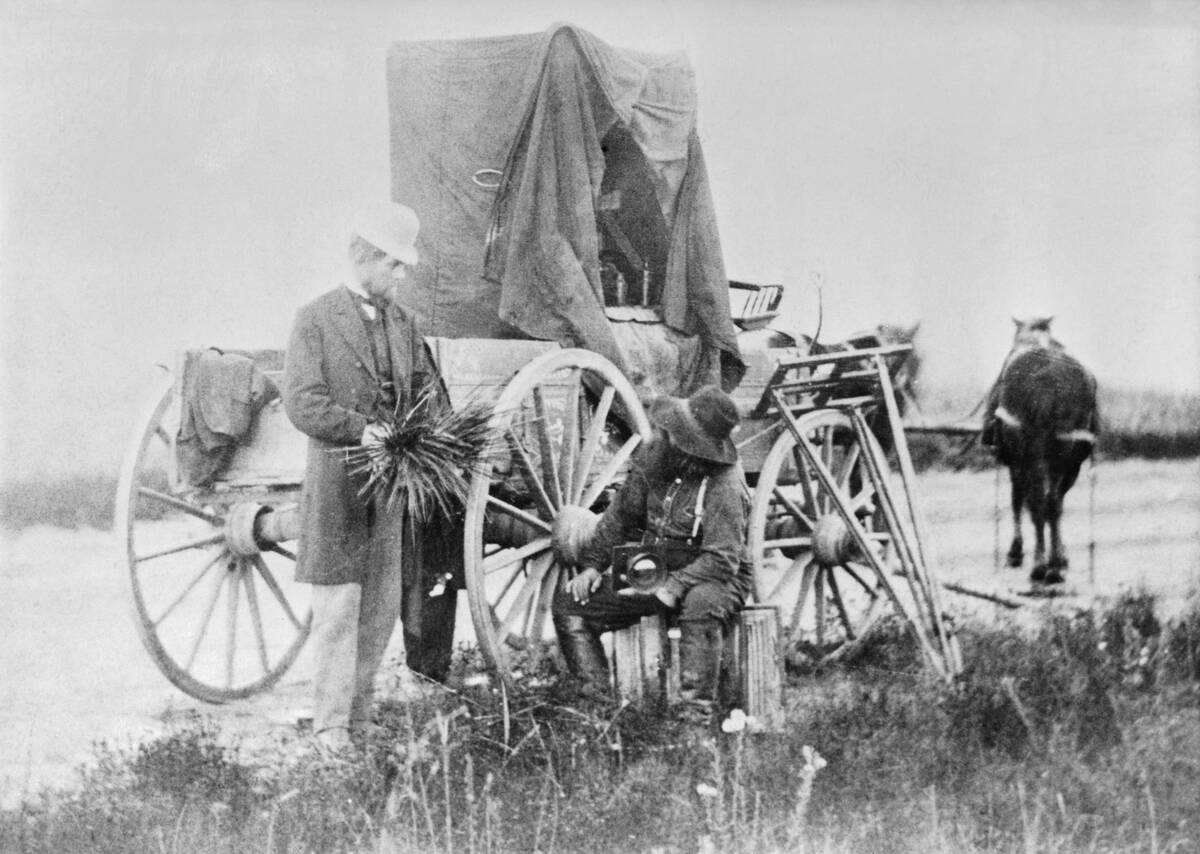
The Civil War coincided with a rise in photographic technology, and groundbreaking photographers like Mathew Brady and Alexander Gardner took many iconic photographs of the Civil War.
This image shows Gardner as he travels on the prairie with his complex photography wagon. After the war ended, he moved west to take photos of the frontier in Kansas and Oklahoma.
Formerly enslaved people faced an uncertain future.

The emancipation of enslaved people was perhaps the most defining outcome of the Civil War, but for this population, the transition to freedom was difficult at best.
They faced poverty, discrimination and violence, especially in the South, and were largely shut out of educational institutions. While Reconstruction efforts were aimed at improving their rights, the struggle for true equality continued.
Prisons were grim reminders.
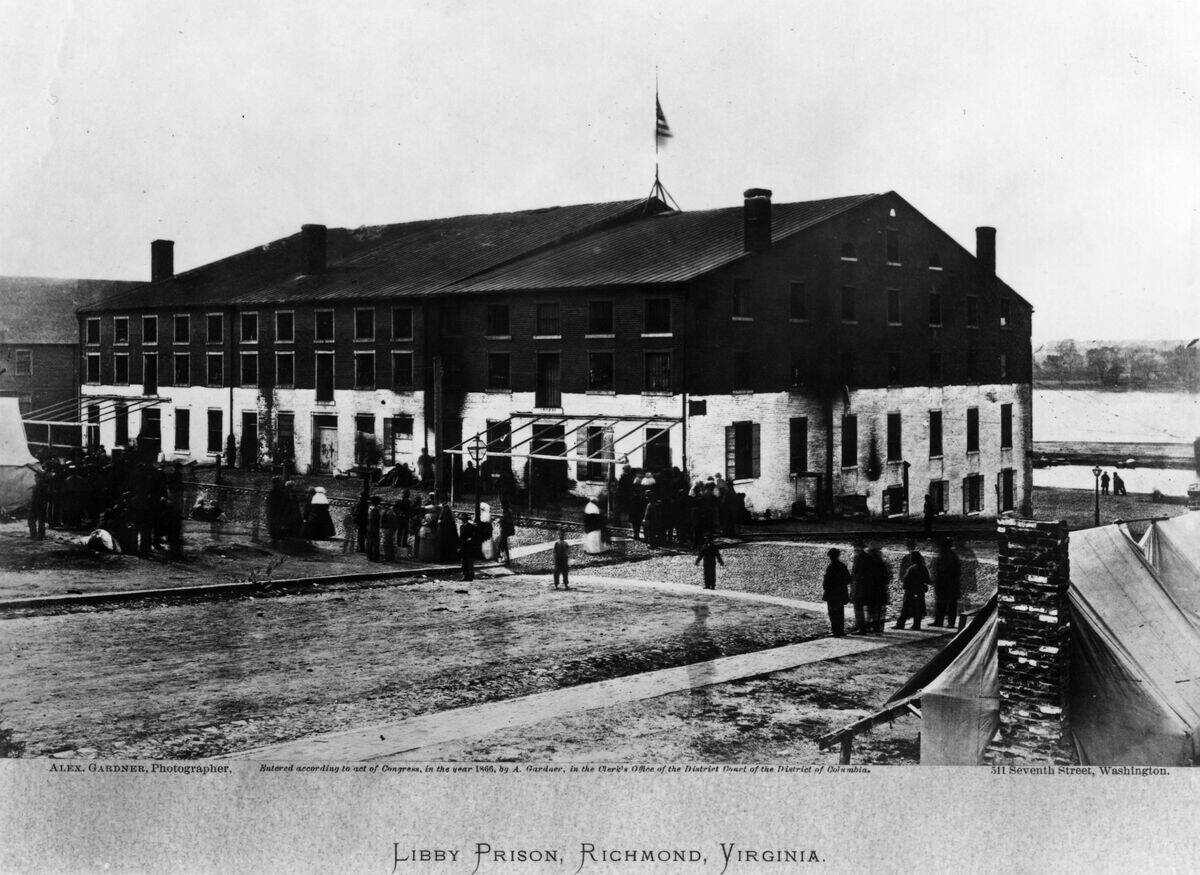
This unassuming building in Richmond first opened as a tobacco warehouse but was converted into a Confederate prison during the Civil War — becoming one of the conflict’s most notorious sites in the process.
Known as Libby Prison, this infamous building became famous for a daring 1864 escape by 109 Union prisoners.
The war took its toll on virtually all Americans.
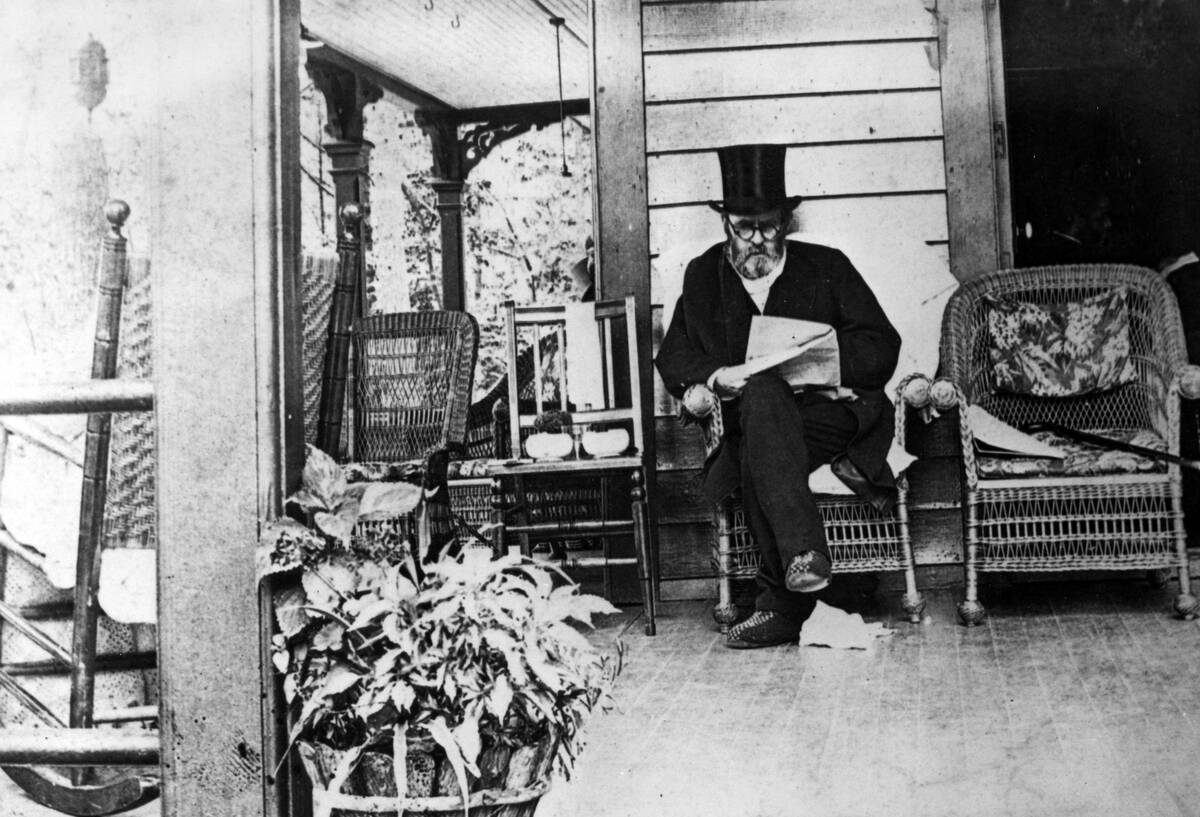
This photo of Ulysses S. Grant shows the famed general and president during a peaceful moment as he reads on his front porch.
It’s believed to be the last photo taken of Grant. After his Civil War heroics, eight years as president, a globe-trotting world tour, and even an attempt at a third presidential term, it’s safe to say that Grant was thoroughly worn out.

